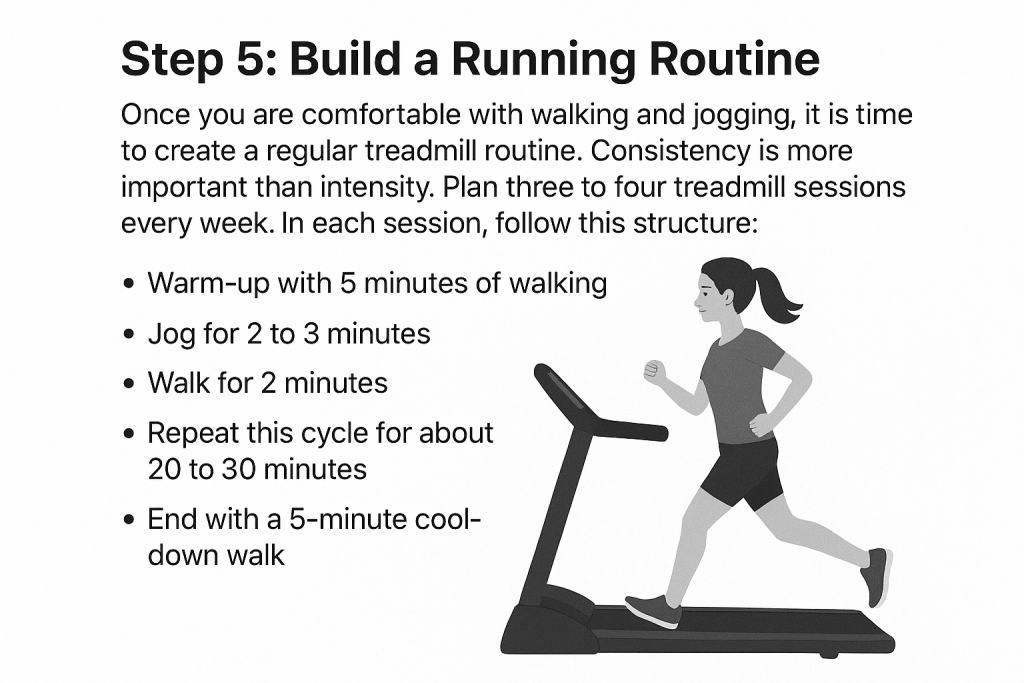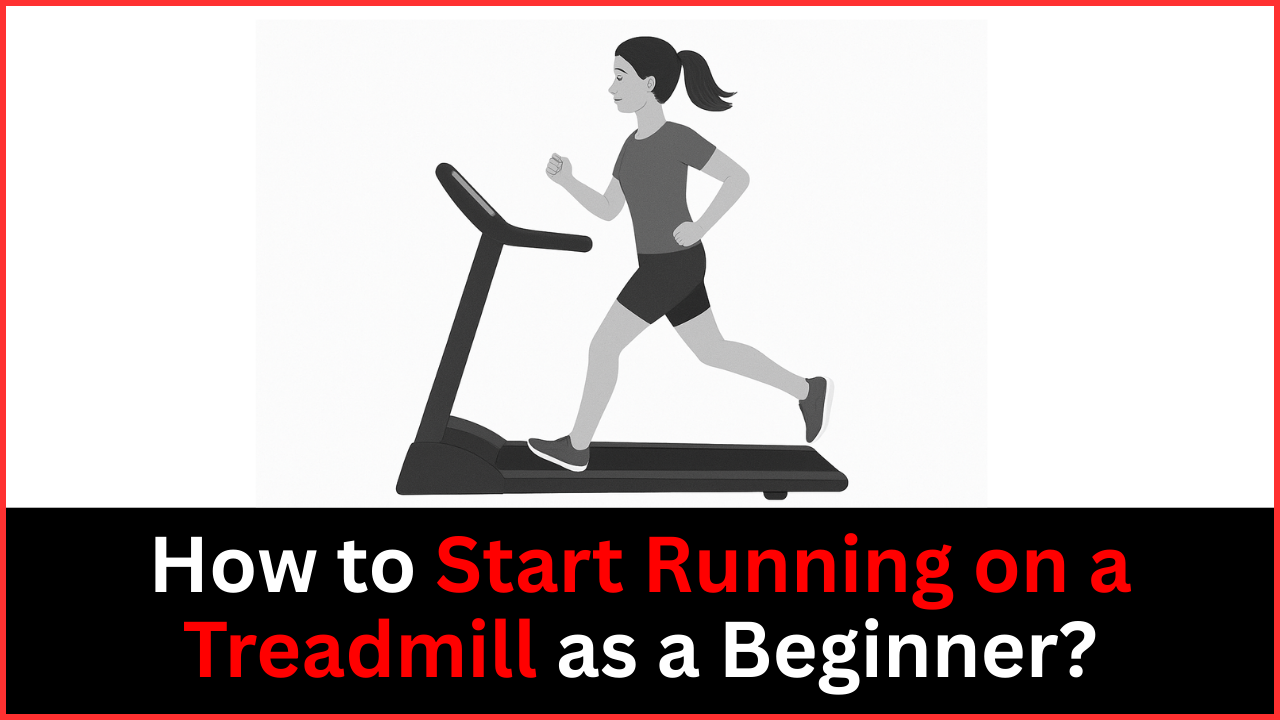Running is one of the most effective ways to build stamina, burn calories, and improve overall fitness. However, for many beginners, outdoor running can feel overwhelming. Uneven roads, changing weather, and lack of consistency often make people quit early. That is why the treadmill has become one of the best solutions for new runners. It provides a safe, controlled, and convenient environment to practice running at your own pace. If you want to learn how to start running on a treadmill as a beginner, this step by step guide will help you understand everything clearly.
Step 1: Prepare Yourself Mentally and Physically
Before you even step onto the treadmill, you need to prepare your mindset and body. Running requires commitment and patience, especially when you are starting out. Beginners often try to run too fast too soon, which leads to exhaustion or even injury. Set a realistic goal for yourself. Tell yourself that progress is more important than speed in the beginning.
Physically, wear comfortable running shoes with proper cushioning. Choose breathable workout clothes so that your body stays cool. Carry a small water bottle or towel if needed. Preparing in advance reduces distractions once you start running on a treadmill.
Step 2: Understand the Treadmill Settings
Every treadmill comes with basic functions that you should know before beginning your workout. The start and stop buttons, speed controls, and incline options are the most important. For beginners, it is better to keep the incline flat or very low. This will mimic natural walking or running on a smooth surface.
Spend a few minutes just walking on the treadmill to get comfortable. Hold the side rails if you feel nervous, but slowly try to walk without holding them. This will build your balance and confidence. Understanding these basic settings is an important part of beginner treadmill running tips because it prevents confusion during your workout.
Step 3: Start with Walking
Do not jump into running immediately. The safest way to start running on a treadmill is to begin with walking. Walk for 5 to 10 minutes at a comfortable speed. This acts as a warm-up and prepares your muscles and joints. Walking also gives you time to adjust your posture and breathing.
Maintain an upright body position, keep your eyes forward, and avoid looking down at your feet. Swing your arms naturally just like you would during outdoor walking. Once you feel comfortable, gradually increase the speed.
Step 4: Transition from Walking to Jogging
After your body has warmed up, you can move from walking to light jogging. This is the real beginning of your treadmill running journey. Increase the speed slightly until you feel a gentle bounce in your steps. Jogging should feel smooth and controlled, not forced.
One of the most important beginner treadmill running tips is to focus on small progress. Jog for only 1 or 2 minutes in the beginning, then return to walking. Repeat this cycle for about 15 to 20 minutes. This technique is called interval training, and it helps your body slowly adapt to the pressure of running.
Step 5: Build a Running Routine

Once you are comfortable with walking and jogging, it is time to create a regular treadmill routine. Consistency is more important than intensity. Plan three to four treadmill sessions every week. In each session, follow this structure:
- Warm-up with 5 minutes of walking
- Jog for 2 to 3 minutes
- Walk for 2 minutes
- Repeat this cycle for about 20 to 30 minutes
- End with a 5-minute cool-down walk
Over time, increase the jogging duration and reduce the walking breaks. This gradual approach is the best answer to the question of how to start running on treadmill as a beginner because it prevents burnout and builds stamina naturally.
Step 6: Maintain the Correct Posture
Running with the right posture is essential to avoid injuries. Stand tall with your shoulders relaxed and your chest slightly lifted. Look forward, not down at your feet. Keep your arms bent at a 90-degree angle and swing them naturally in rhythm with your legs.
Do not lean on the side rails while running. Using the rails may seem safe at first, but it puts unnecessary pressure on your wrists and ruins your running form. Proper posture makes your treadmill workout effective and safe.
Step 7: Control Your Breathing
Breathing properly helps your body use oxygen efficiently and keeps your energy levels steady. Beginners often forget to focus on breathing and end up feeling tired too quickly. Inhale deeply through your nose and exhale through your mouth. Try to keep your breathing rhythm steady with your steps.
If you find yourself gasping for air, slow down and walk until your breathing becomes normal again. Controlling your breath is one of the most useful beginner treadmill running tips to improve endurance.
Step 8: Listen to Your Body
Every person has a different fitness level. Do not compare your progress with others. Pay attention to how your body feels during and after running. If you experience sharp pain, dizziness, or extreme fatigue, stop immediately and rest.
Muscle soreness is normal for beginners, but pain in joints or sharp cramps is a warning sign. Always increase speed and distance gradually. Listening to your body is the safest way to start running on a treadmill without harming yourself.
Step 9: Track Your Progress
Most treadmills display speed, distance, time, and calories burned. Use this information to track your performance. Write down your results after each session or use a fitness app. Seeing your progress will keep you motivated.
For example, if you jogged for 2 minutes today, aim for 3 minutes in your next session. These small improvements give you confidence and help you stay consistent. Tracking is an important part of learning how to start running on treadmill as a beginner because it makes your progress measurable.
Step 10: Stay Consistent and Keep Improving
The final step is consistency. Running is not about quick results; it is about building long-term habits. Commit to your treadmill routine even on days when you feel low. Over time, you will notice improvements in stamina, speed, and overall fitness.
Once you are confident, you can experiment with incline settings or try different treadmill programs for more challenge. But remember, the foundation of success is regular practice and patience.
Final Thoughts
Learning how to start running on a treadmill as a beginner may seem difficult at first, but by following the right steps, anyone can do it. Begin with walking, move to light jogging, build a routine, maintain correct posture, and most importantly, listen to your body. Use these beginner treadmill running tips consistently, and you will soon enjoy running with confidence and energy.
The treadmill is not just a machine; it is your partner in building a healthier lifestyle. Stay patient, stay committed, and every step will take you closer to your fitness goals.

